As anyone with a car will know, spending time at a dealership or the DMV can be tedious and boring, often leading you to wonder what they’re doing back there. But this slow and methodical approach is for good reason: there are plenty of pieces that need to be carefully and precisely managed when repairing your vehicle.
But what if there wasn’t and you could just rush through part after part, frantically fixing as many cars as you could? Enter Manic Mechanics, an aspiring rival to the Overcooked franchise and the most chaotic car-based game to never put you behind the wheel. Developed by 4J Studios as their first original game for major hardware, the game puts you in the shoes of an avid mechanic with a goal to be the best mechanic on Octane Isle, eventually even joining or surpassing the Manic Mechanics themselves. With plenty of charming characters to choose from, you’ll be rushing around repairing car doors, engines, wheels, and more to boost your points ever higher. Land a high score and you’ll be rewarded with cogs for your work, with one for each of the 3 ranks you can achieve in a level. There’s also some scattered around the overworld, requiring you to parkour (or rather, car-kour) your way around the map to reach them.
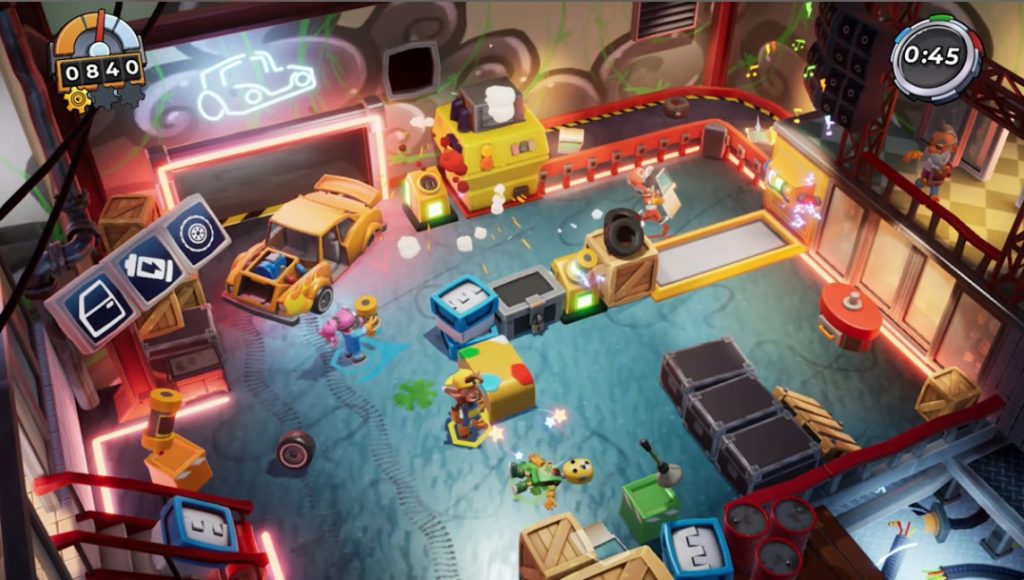
What are these cogs used for? I legitimately couldn’t tell you after finishing the first world. And, unfortunately, this isn’t the only time that the game fails to teach you important lessons about what you’re required to do. After a short introductory cutscene, the game tosses you into the overworld in a color-coordinated car for each player… and no explanations given. Despite this, the player can easily figure out how to move, and they can either gun for the first level or take a moment to view the tutorial. Upon entering the tutorial area, your “guide” and rival mocks you for needing a refresher before the game teaches you the basics. Tires and other inflatable items require you to use the “inflation station” by stomping the ground as hard as you can: Mash the X button to keep the air meter in the green, and it’ll be ready in no time. Engines and other more mechanical objects just need a good whack with a hammer to get going: Hold the X button until the gauge is in the green, then release to smack it with your hammer. After a couple of whacks, it’ll be all fixed up. And finally, doors and other unpainted objects need a good coat of paint to really come to life: hold the X button and tilt in the appropriate direction until the gauge is in the green, then tilt the other way to start spraying the next coat. Keep this up a few times, and you’ll be done before you can say chartreuse.
…except I just lied to you, and so did the game, although you don’t know it yet. After the first stage, the game throws a new obstacle at you: tailfins, which function exactly like car doors but aren’t required for every car. But the second stage is where everything you knew becomes null and void: suddenly, the gauge disappears with no explanation. You’ll have to play the entire rest of the game without it, which feels dishonest and unnecessarily difficult. It doesn’t take too many failed attempts to hit the (now invisible) goal the various part minigames before you realize that there’s no punishment for intentionally failing or going overboard. In fact, you are more rewarded for going too far than not going far enough: stopping to early doesn’t contribute at all to a part’s completion; however, painting too long or hitting a part too hard doesn’t damage its value or reduce its completion. If anything, this becomes be how you fix each part for the rest of the game.
Other than the different repair minigames, you also have two other meaningful abilities and one more twist on how you go about repairing vehicles: your character is capable of dashing around with a quick burst of speed every few seconds. However, if you bump into anything or touch a puddle of oil, paint, or other various liquids, you’ll slip and fall, dropping your held part and knocking you out of action for a few seconds. You can mash to get up quicker, but the game never outright tells you this aside from the tips on the loading screen. To remove these obstacles, a mop is available on every stage to wipe away the hazards, but this is essentially moot and worthless any stage without a built-in slipping hazard. Finally, you can throw a part at any time by aiming while holding R and dropping the item with B. Throwing is useful in getting parts onto faraway repair stations or chucking them onto cars. However, you can’t move while preparing to throw, and missing with any of the parts other than tires will spill slippery liquids all over the ground.
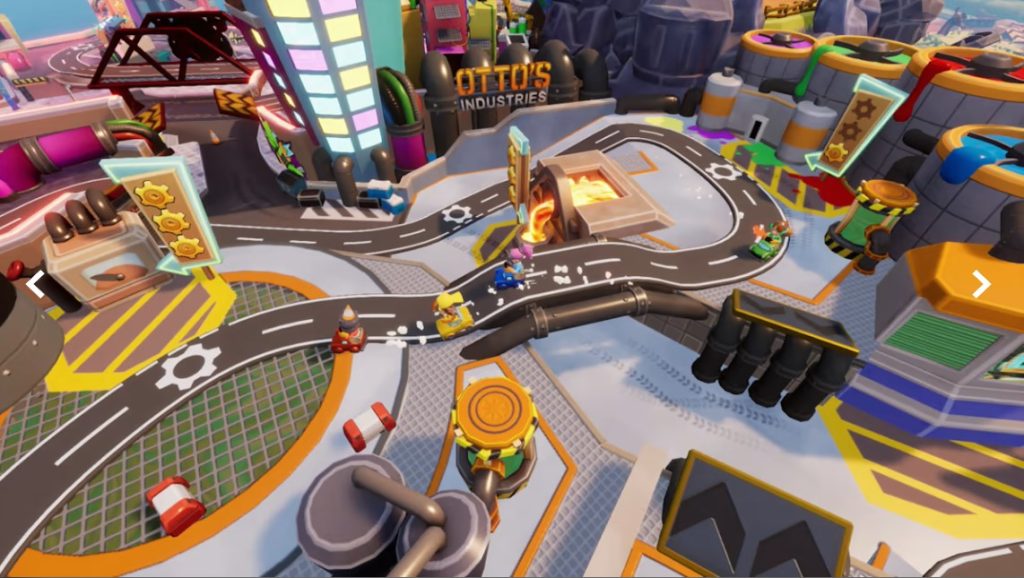
With the game’s main mechanics (no pun intended) set into place, its time to throw one last wrench into the works: premium parts. Randomly, your assembly line of replacement parts to tune up will be blessed with one which is already repaired. Grabbing one of these speeds up your progress immensely, and you even get a bonus for using them due to their luxury status. But this makes no sense considering just how useful they are. Why would you offer the player a get-out-of-jail free card and also reward them for using it? This strange dichotomy often means that your work on other parts is worthless if random chance blesses you with one of these premium items. Fortunately, any part that you’ve already prepared for a car is worth points when time runs out, even if it isn’t attached.
Moving back into the overworld for a moment, the controls of the car are never explained and the mechanics unique to the overworld are presented without any kind of instructions. A loading screen tutorial mentioned that each zone in the game has 5 things to interact with for a reward, which is a good way to incentivize exploration. However, these “puzzles” are either uninspired or completely incomprehensible. As an example, stage one has junkyard dogs to honk at, and honking at all 5 rewards you with a new playable character. However, the game never tells you this, nor does it tell you how to swap characters, or how to honk. You can also dash in your car by the way, which is the other way you can interact with the overworld, and at least this makes sense considering that it uses the same two buttons that you use in each stage to dash. Except that the game teaches you these dash buttons separately and leaves you to figure out that they are interchangeable on your own. Also, dashing is essentially useless in the overworld, requiring you to already be driving in the direction you want to boost, and completely losing momentum the moment the dash ends. This also ignores the fact that honking solves every puzzle that would require you to dash while the opposite is not true.
Rounding off the tutorial world is a boss fight with your tutor/rival, Betty, who takes it upon herself to interrupt your work as often as possible. As you rush to complete orders, you can have liquids spilled onto your workplace via an offscreen cannon, have your workspaces shuffled around (which halts your progress and KO-s your character in the process), and can even have one of your cars lifted via crane and thrown out of the arena, rendering all of your work on it worthless. There is no way to stop any of these attacks except for the cranes. Whenever she wants to activate a crane, she walks out onto a platform just next to your upper-most station. You’d think that this means that you can throw a part at her to stop her. Doing so will result in the destruction of the car you were working on. Instead, you’re supposed to push a lever that activates the moment she starts her attack, which is never explained and requires a button you haven’t had to use for anything of the sort up until this point.
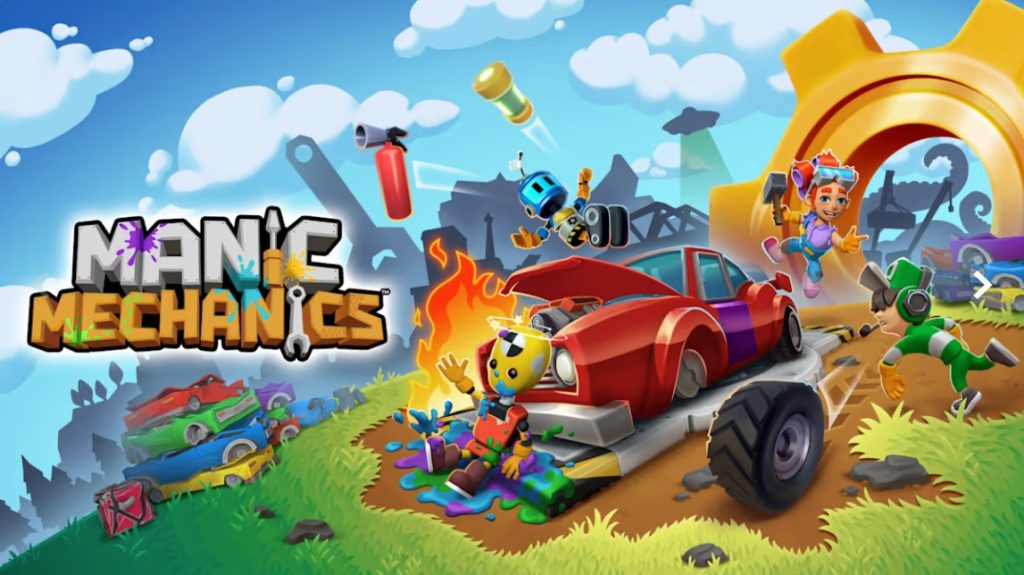
Everything else in the game is just as frustrating: the music is entirely made of corporate semi-western banjo-addicted “southern” music, and every stage plays the same song except for the boss fights. The characters that you can play as are interesting to look at, each with a different name and distinct attitude, but your choice doesn’t matter in the slightest. Your character is irrelevant to the gameplay and to the plot. And finally, lets take a moment to address the elephant in the room. I can’t be certain if the load-time issues are a result of the Switch or not, but they are absolutely too long for a polished product, much less the game we’ve actually gotten. On the subject of the Switch, I would as always advise playing this game on another platform to avoid its prevalent issues such as Joycon Drift, however that isn’t possible for this game, as it is a Switch exclusive.
Overall, its clear that there is a lot of time that was put into the finished product. However, there are decisions under the hood that don’t make sense for the result they are aiming for. Plenty of the game feels rushed out or underprepared, and the unremarkable art style does nothing to win any favor from its players. Ultimately, there is a good premise underneath everything, and a better version of the game is achievable. However, that requires changes to the game that would take plenty of time and reworking or replacing its core mechanics. The idea of “Overcooked but you fix cars” is novel in concept, but the execution was ironically undercooked, requiring more time for optimization and refinement. I hope that this doesn’t come across as cruel to the developers at 4J Studios, especially considering that this is their first original game in 14 years and the first original game they’ve ever developed for a home console. Considering their history and reputation for developing games for other publishers and porting to various different consoles, it makes sense that they may not have fully understood the difficulty of creating a fully original game of their own. They clearly have the creativity, instincts, and drive (no pun intended) to make something great in the future. However, this is not it. Despite its flashy coat of paint, Manic Mechanics is not something that I can recommend playing.
For more information, visit HERE
Related: Reviews by Aaron Grossmann
Gaming is a passion that I, like many other people, hold near and dear to my heart. As an aspiring Game Writer and general Storyteller, I enjoy looking into the vast worlds and deep stories of every game I can. Then again, sometimes bad guys just need a good pummeling, and I am more than happy to provide!

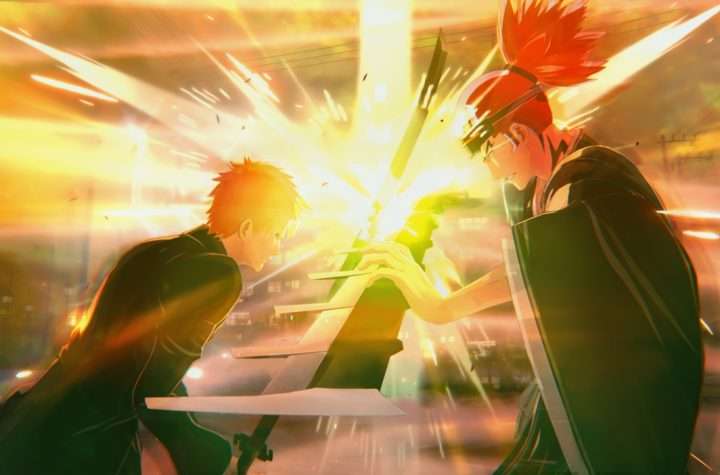

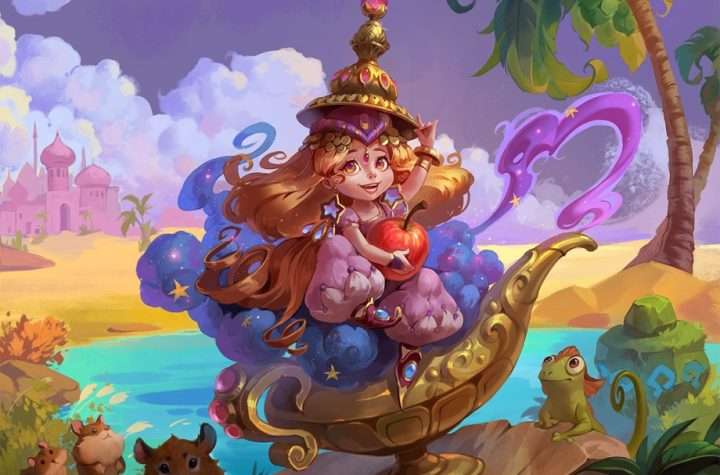

More Stories
Trash Goblin Demo Impressions for Steam
SCHiM Review for PlayStation 5
Kunitsu-Gami: Path of The Goddess Review for PlayStation 5